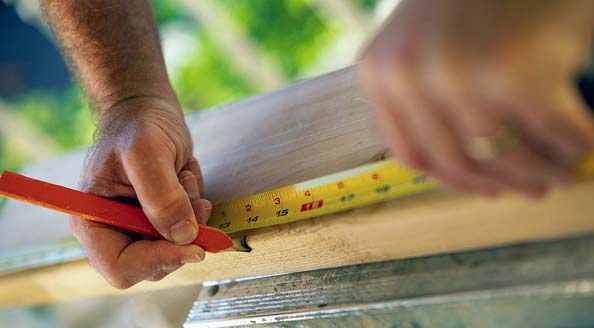The trend of being your own builder is making a comeback. Owner Builder is regaining popularity partly due to the savings you can realize by acting as your own general contractor on the building project. Owner Building advocates claim that up to 40% of the cost of a home can be saved this way. According to Wikipedia, an Owner Builder is a homeowner that is contracting their own homebuilding or other construction project rather than hiring a licensed general contractor. Owner builders manage the building schedule and take on all the responsibility and liability that would normally fall on the general contractor. This personal commitment may take many forms; however, the most distinguishing feature of an Owner Builder is taking legal responsibility for hiring a team of workmen to complete their project.
Where do you start? If you’re confident that you’re up to the job of being an Owner Builder, start by making a plan of exactly what the end result will look like---inside and out. Choose an experienced home plan designer who shares your vision and can provide you with support and knowledgeable assistance from start to completion. The right house designer will talk your language about materials, energy efficiency and construction costs in general and provides helpful tips to save you time and money. Ideally, your designer has personal building experience which will prove invaluable. Step one is a clear, complete set of house plans that ensures you meet code and can pull all necessary permits to get your building project underway. The more detailed the plans the less chance of costly oversights and mistakes.
Since an Owner Builder acts as the general contractor on the building project, hiring individual sub-contractors (excavation, carpenters, etc...) to complete the work needed is his or her responsibility. As part of the hiring process, make a list of all tasks needed for the building process and ask questions…lots of them. The more you learn the better you understand and can plan your project. Review plans and projected costs for each aspect of your project with your sub-contractors and suppliers to be sure that your budget forecast includes everything from permits to landscaping. Look to their professionalism to guide you through the preliminary planning stages.
Never lose sight of the fact that time is money. Draw up a timetable for all tasks ahead, arranging them in the order in which they need to be executed and completed, along with a planned completion date for each of them. Remember to build in some time for unanticipated delays. They happen! Communicate with your subs and suppliers, confirming start dates for their part of your project and track each aspect of the work as it’s completed, comparing it to your original plan.
As an Owner Builder it’s vital that you track expenditures and keep your fingers on the pulse of your pocketbook. Compare each expense against the original estimate and make adjustments as needed. You can always do more of the physical work yourself such as painting to cut costs without compromising the integrity of your dream project. This is referred to as “sweat equity”. Money saved by doing the work yourself is paid for in “sweat”. This is often discouraged unless the Owner Builder has trade experience or the work required is less skilled. The additional time it takes to do trade work can diminish the Owner Builder's capability to manage the project effectively. However, it’s better to do it yourself than run out of money and be unable to pay suppliers or tradesmen. This is where your dream turns into a nightmare.
Stay organized and positive. You may wonder on occasion what you’ve gotten yourself in to, taking on this responsibility, but you’ve made the commitment and you need to keep moving forward. There are a number of Owner Builder Forums online which you can refer to for moral support and to compare notes. Think ahead to the day when your project is completed and you can say “I built that” with a sense of pride and ownership.










